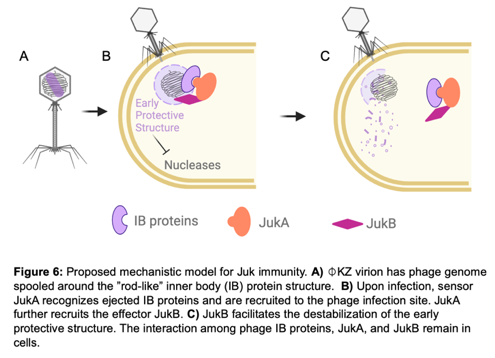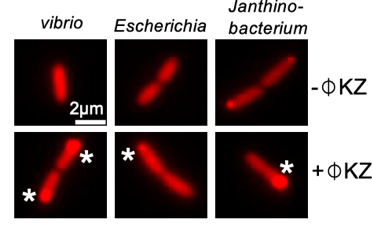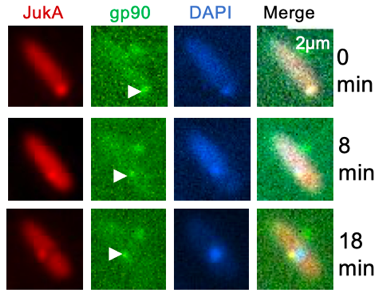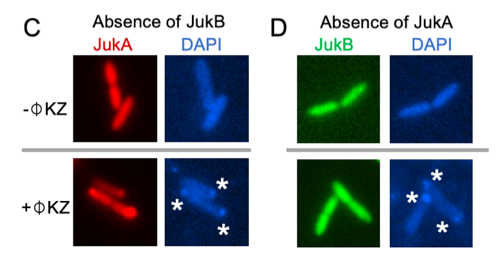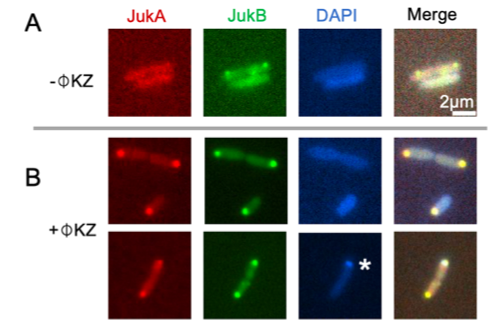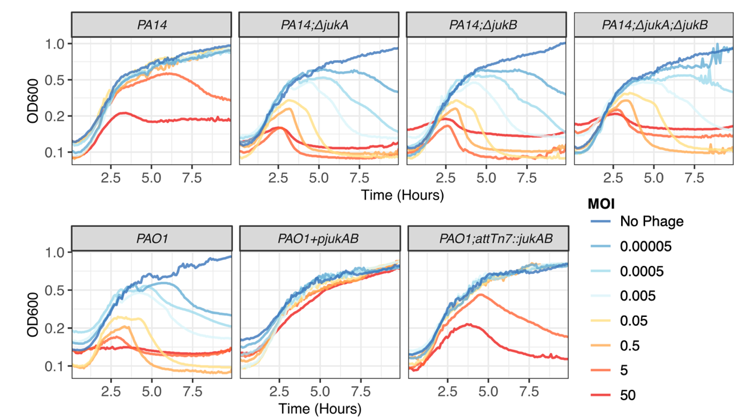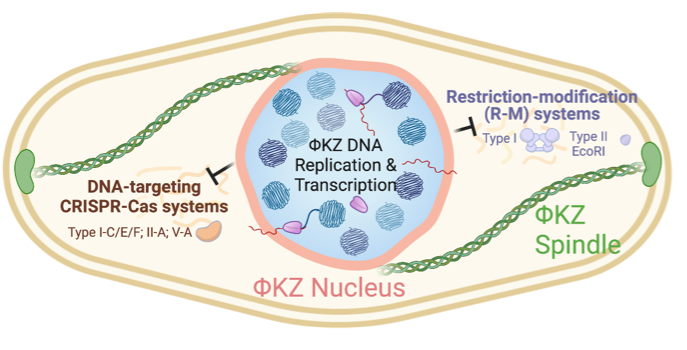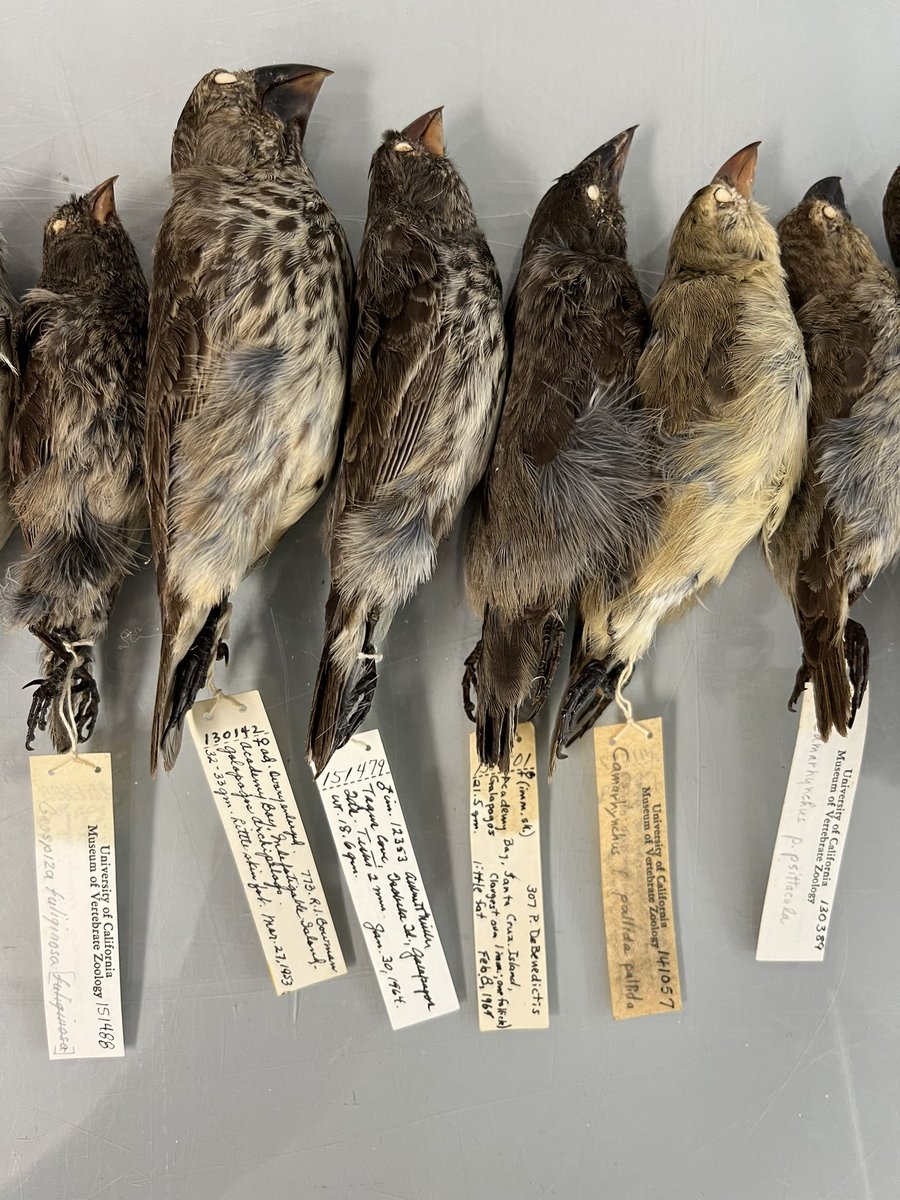
Yuping Li
@liyuping927
Visting Scientist @TypasLab @EMBL + Postdoc @JoeBondyDenomy Lab @UCSF | Ph.D. @GSherloc + @PetrovADmitri labs @Stanford | Phage | Yeast | Evolution | Barcoding
ID:758436625307226112
27-07-2016 22:59:17
317 Tweets
666 Followers
912 Following


This work would have been impossible without the contribution of my co-authors, the discussion from all JBD lab members, and the constant support from my advisor Joe Bondy-Denomy! Last, I am on the job market. Contact me if there are openings at your institutes! 16/16





Does JukA sense ejected proteins? In phage head, phiKZ genome is wrapped around a proteinaceous inner body (IB) structure. It is unclear if IB proteins are ejected with phiKZ genome. Via fluorescence tagging, Jingwen Guan showed that 4 IB proteins are ejected into host. 11/n
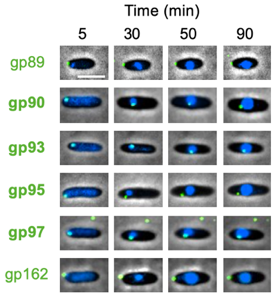









The interest for such an immune system started as Senén Mendoza, a Bondy-Denomy lab alumni, discovered jumbophage phiKZ having the most potent anti-defense capability described to date, resisting all assayed DNA-targeting CRIPSR and R-M systems. 2/n


